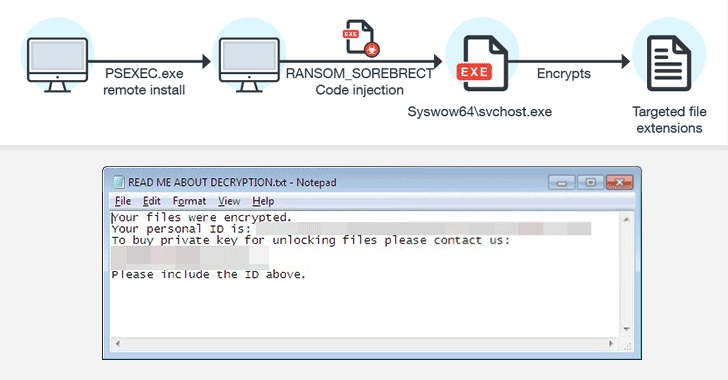European Parliament Proposes Ban On Encryption Backdoors
Jun 19, 2017
Prime Minister Theresa May wants tech companies, like Facebook, Apple, and Google, to create controversial 'backdoors' for police, but even somewhere she knows that it's not that easy as it sounds. The Civil Liberties, Justice and Home Affairs Committee of the European Parliament has released a draft proposal [ PDF ] for new laws on privacy and electronic communications, recommending end-to-end (E2E) encryption on all communications and forbidding backdoors that offer access to law enforcement. "The protection of confidentiality of communications is also an essential condition for the respect of other related fundamental rights and freedoms, such as the protection of freedom of thought, conscience and religion, and freedom of expression and information," the draft reads. Draft Says, Your Security is Our Top Priority According to the draft, EU citizens need more protection, not less and they need to know that the "confidentiality and safety" of their





























